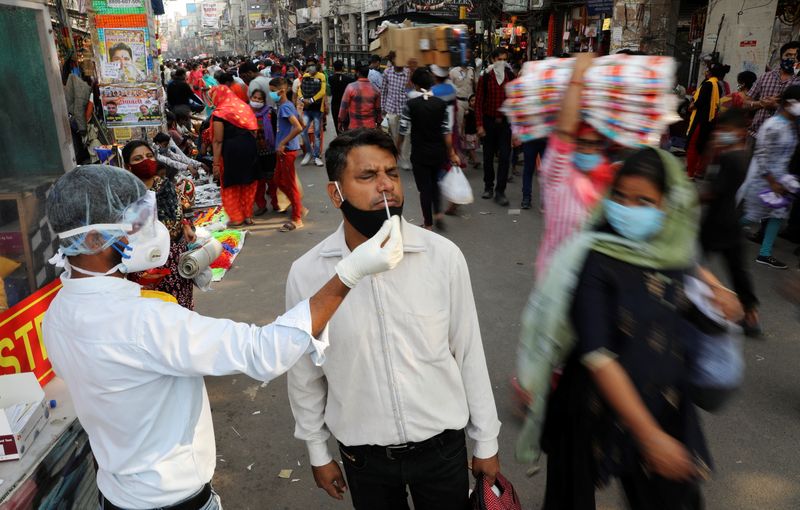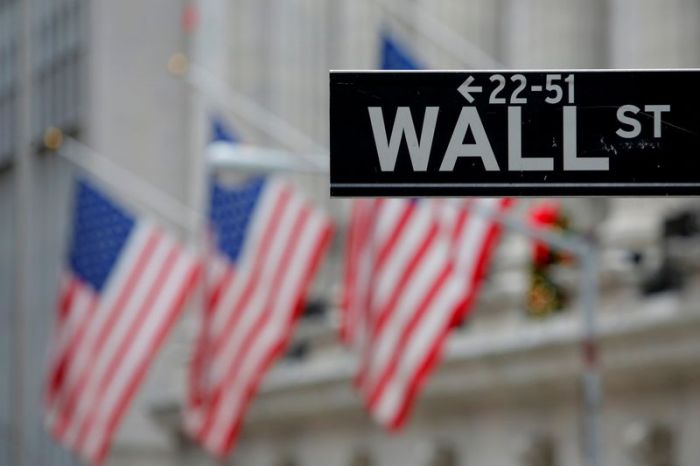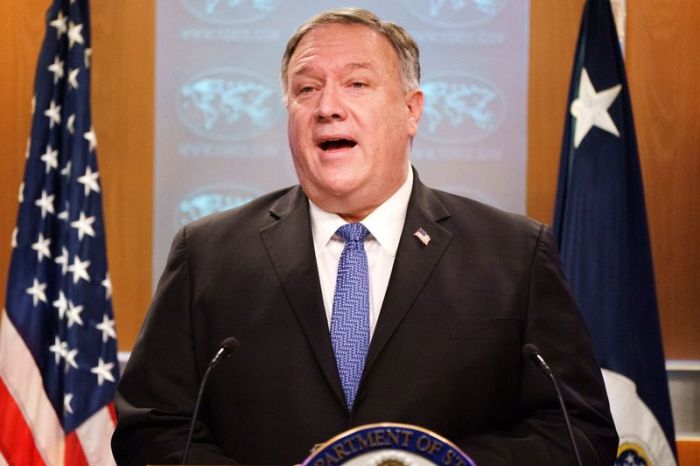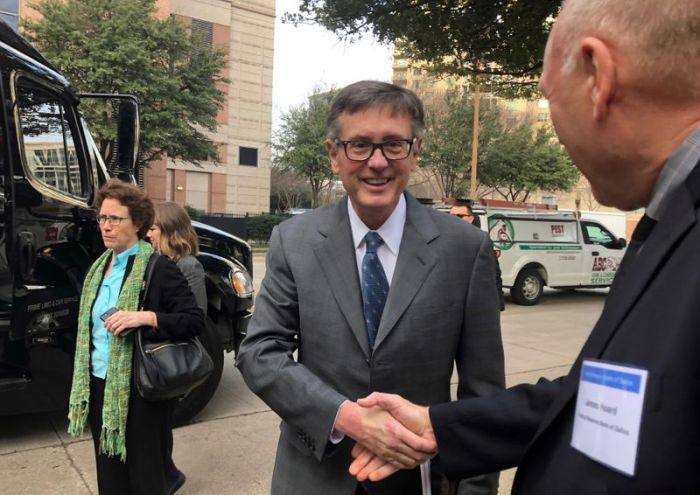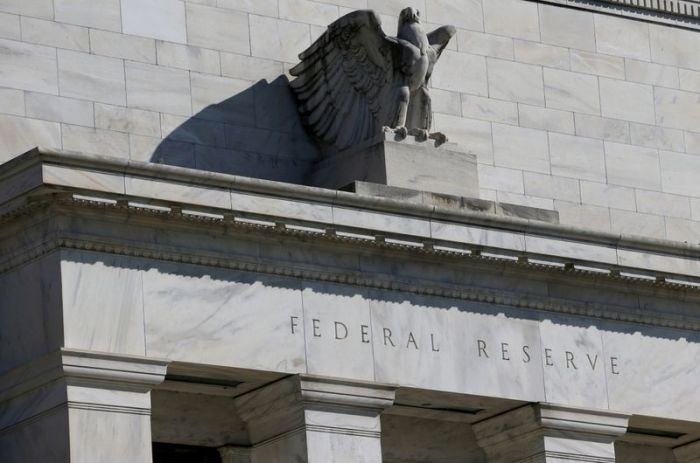NEW DELHI (Reuters) – As India’s capital battles its worst phase in the coronavirus pandemic, authorities drew up plans on Tuesday to reinstate some curbs, such as lockdowns of some markets, if necessary, although elsewhere in the nation new infections are falling.
India added 29,163 cases over the past 24 hours for its lowest such increase since at least mid-July, government data showed, taking its tally of infections to 8.87 million, second only to the United States, and a death toll of 130,519.
Both infections and deaths have fallen from a mid-September high but the situation is different in Delhi, a city of 20 million swathed in air pollution, where crowds thronged markets for last week’s Hindu festival of Diwali.
With his palms joined together during a live broadcast on Twitter, Delhi Chief Minister Arvind Kejriwal pleaded for people to wear masks and maintain social distancing.
“If…we see that social distancing and mask-wearing is not being followed in any bazaar and there’s a possibility of those areas becoming a hotspot, we should be allowed to close them down for a few days,” he added.
Kejriwal said he had written to federal authorities for permission to impose the curbs.
Since the middle of May, the capital has gradually opened markets and public transport shut during the early phase of the pandemic.
Delhi, which recorded its highest infections and deaths last week, reported on Monday a fall in new infections to 3,797, but federal authorities have warned it to be ready for as many as 15,000 cases a day.
As a popular time of year for weddings nears, Kejriwal’s government has also asked federal officials for a further cut in the number of guests at such celebrations, to 50 from 200.
The Delhi government’s online tracker showed just 116 beds available, from a total of 1,327 in intensive care units equipped with a ventilator. Federal officials have promised to make hundreds more available soon.
Delhi’s air has high levels of tiny pollutants of the size known as PM 2.5, which doctors say can enter the nose to weaken the inner lining of the lungs and help the coronavirus spread.
(Reporting by Devjyot Ghoshal and Shilpa Jamkhandikar; Editing by Clarence Fernandez)

